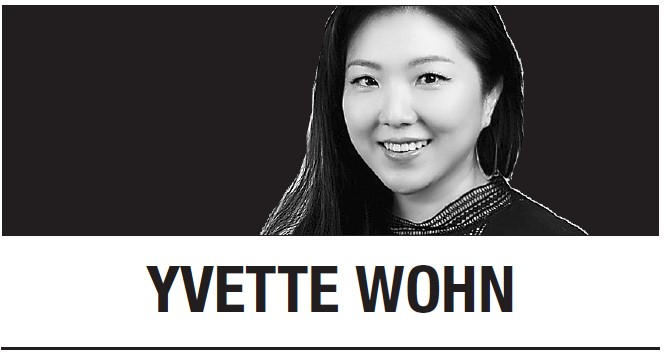
As an art enthusiast living in New York whose pastime is spent traveling to see art, I have never felt more proud to be Korean. Since last year, there have been so many special exhibitions of Korean art and solo exhibits of Korean artists taking place in the US and Europe. Adding to my excitement is the fact that there is more modern Korean art (from the 1860s to the 1970s) on display, which is relatively hard to find outside of Korea.
These days, however, there seems to be a surplus of Korean art on display around the world at the largest museums. Special exhibitions of Korean art are happening at the Metropolitan Museum of Art in New York, LACMA in Los Angeles, and Denver Art Museum in Colorado. Opening this week at the Museum of Fine Arts (MFA) in Boston is “Hallyu! The Korean Wave,” which is a showcase of contemporary art and culture of South Korea. Previously, the exhibition was in London at the Victoria and Albert Museum for several months before traveling to the US. Later this year, special commissions of Korean installation artists will be on display at the Met and Tate Modern (London). Other examples of recent Korean art exhibits include the San Diego Museum of Art, Philadelphia Museum of Art, and the Guggenheim.
For those who are not familiar with the art, this may not seem like a big deal, but this level of attention on Korean art is unprecedented. It is so unusual to the extent that the New York Times wrote in October about how five of the largest museums in the US were all running special exhibits on Korean art.
The interesting thing about the rising presence of Korean art is that it comes hand in hand with the rising status of Korea as a producer of popular culture, which includes K-pop, dramas and movies. Normally, fine art and popular culture reside in different worlds with different patrons, but the interest in all things Korea is at such a peak that these audiences have significant overlap. The upcoming Hallyu exhibit at the MFA best highlights these connections, where the suit worn by Psy in the music video of Gangnam Style is exhibited next to a recreated scene from the movie Parasite, a moon jar from the Joseon area, and dresses by couture designer Park Sohee and by Minju Kim, winner of the reality show "Next in Fashion."
The art interests of RM, leader of the K-pop group BTS and avid collector, have also contributed to introducing art to younger generations, blurring the distinction between high- and low-brow culture. Art locations that he visited and posted about on his Instagram have experienced an influx of visitors after his visits were made public. At a special exhibit of Yun Hyong-Keun at Hastings Contemporary last year, one docent mentioned that the gallery, which is located in a small seaside village in the UK, had more visitors than usual due to BTS fans, because RM wrote a song about Yun and was known to have a considerable collection of his artwork.
While Korean art is quite flourishing outside of Korea, for people visiting Korea, it is difficult to find a place that is a permanent showcase of key Korean artists after the Joseon period. There are, of course, hundreds of galleries, the government-run contemporary art museum MMCA, local government museums, and private museums. These places have excellent temporary programs, but there still remains a large gap for foreign visitors, who have nowhere to go if they want to see “highlights” of modern Korean art. Even for Koreans, the lack of such a space is a gap in history that is not being properly represented.
One would think that having a permanent collection of modern Korean art somewhere is a no-brainer, but if the government were to take on this project, there are administrative challenges. The heads of many state or local-government museums are usually public servants who may or may not have expertise in art, and their tenures are not long, making it difficult to undertake long-term projects. Government officials also have no incentive to create more work than necessary, which is why significant portions of government-run museums are underutilized in terms of space.
It is clear that Korea has the resources and human expertise to make this happen. The curators of most of the special exhibits mentioned above are Korean or Korean-American women who identified the lack of the visibility of Korean art in Western museums. These events are a massive undertaking that involve cooperation of the Korean government, Korean corporate sponsors, Korean museums, art galleries, and private collectors around the world, many of whom are Koreans. It is high time that Korea overcome bureaucratic hurdles and establish a permanent destination that highlights its modern treasures, not just for foreigners, but for the country’s own identity.
Yvette Wohn
Yvette Wohn is a professor of informatics at New Jersey Institute of Technology. -- Ed.







